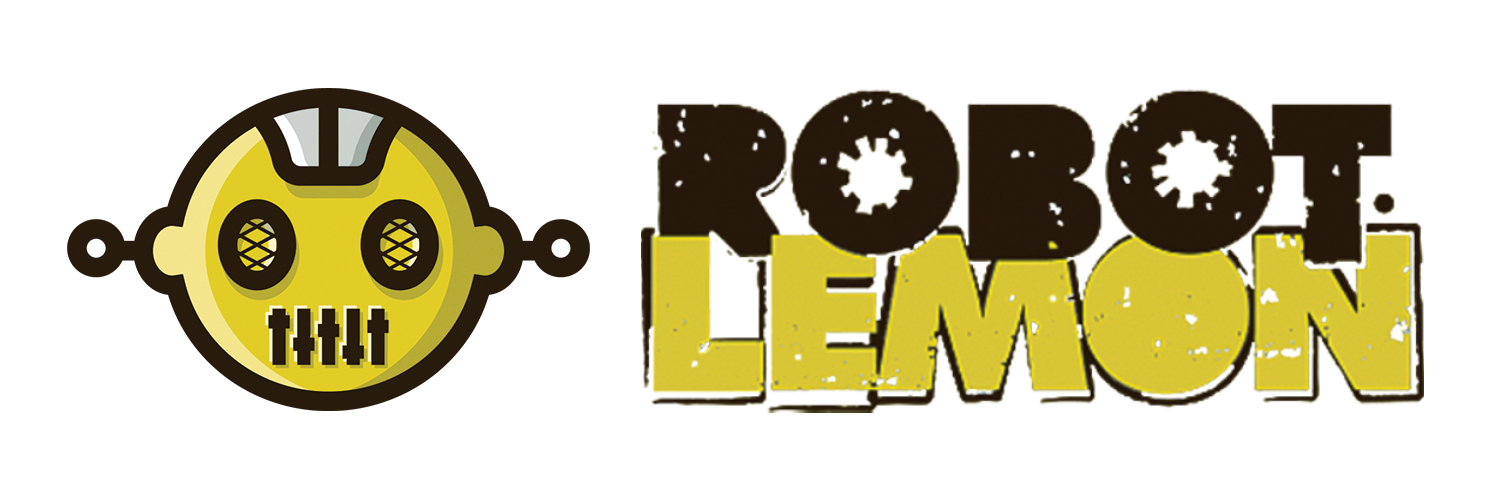Joined my bud Ross Copperman to talk about utilizing Izotope plugins in the production of Dierks Bentley's new album "The Mountain."
This week, we spoke with Ross Copperman and F. Reid Shippen, who produced, engineered, and mixed the new Dierks Bentley album, The Mountain, which was released June 8 on Capitol, and is currently topping charts worldwide. They used iZotope in many ways in the process; as Copperman put it, "I couldn’t imagine making a record without these brilliant products."
Shippen expanded on exactly what was used, and how.
"Let’s start with tracking. I love using old funky gear for tone, but sometimes it’s noisy. Example; I cut a lot of the acoustics with an old RCA 77B and an Altec 1567A. The high end EQ can be vibey but noisy. So I routinely record 5 seconds of just the noise in the chain, and I use Spectral De-noise to clean the tracks. All. The. Time. It’s amazing that you can keep the quality of the instrument and lose the noise. It allows me to use all my vintage character pieces without worrying about the noise.
“RX happens on every lead vocal to remove mouth noise and any bad edits. Insight for metering, always. And Ozone on certain busses like drums for a little extra vibe. Every mix I send out gets a little level bump from Ozone limiter. It’s the best sounding I’ve ever found. I’m using Ozone Imager on lots of stuff…vocals, strings, keys. Trash gets the occasional workout on same.
“I used VocalSynth on some lead vocals to add a little vibe to choruses. I used it on ‘Burning Man,’ just to mess around with lead vocal texture in the chorus. I used it mainly to add the lower octave and may have added a few other little distortions or whatever. On ‘Burning Man’ I also used Vinyl to process the lead vocal, print it, and blend it into the normal vocal for edge. 1930 setting, I believe. I gotta admit…Vinyl is the bomb on vocals and drum loops.
"Nectar gets used on lead vocals as a little trick to add cut and harmonics, which I call “snootchie bootchies”—you have to invert polarity on the duplicated vocal track, and then blend in slightly to taste. It’s a fantastic trick for bringing out a little clarity and vocals, or when a vocal comes to you slightly distorted. I used this on several of the lead vocals on The Mountain. Definitely on ‘Woman, Amen.’”
